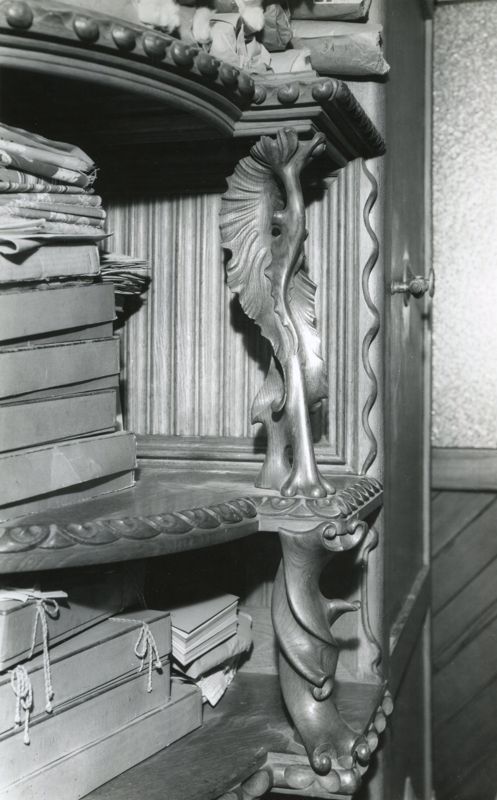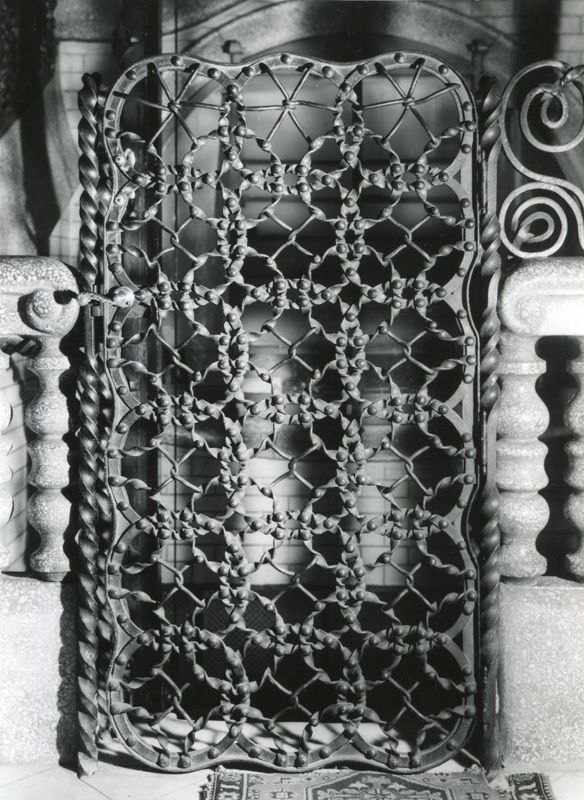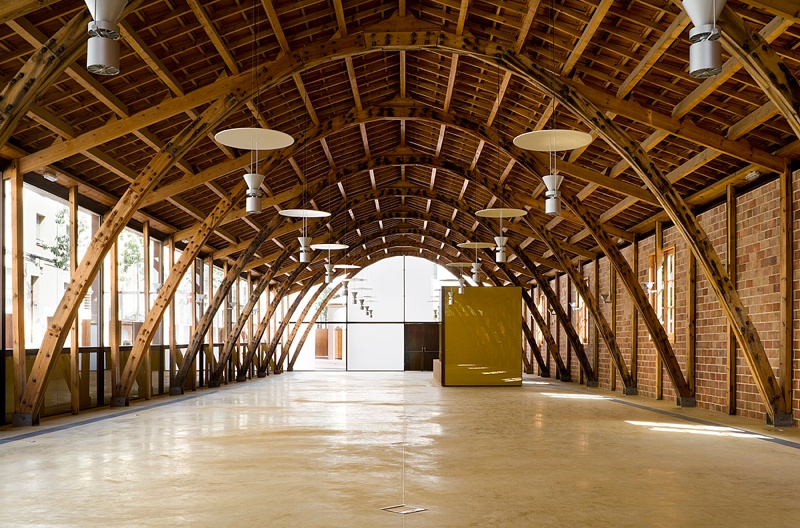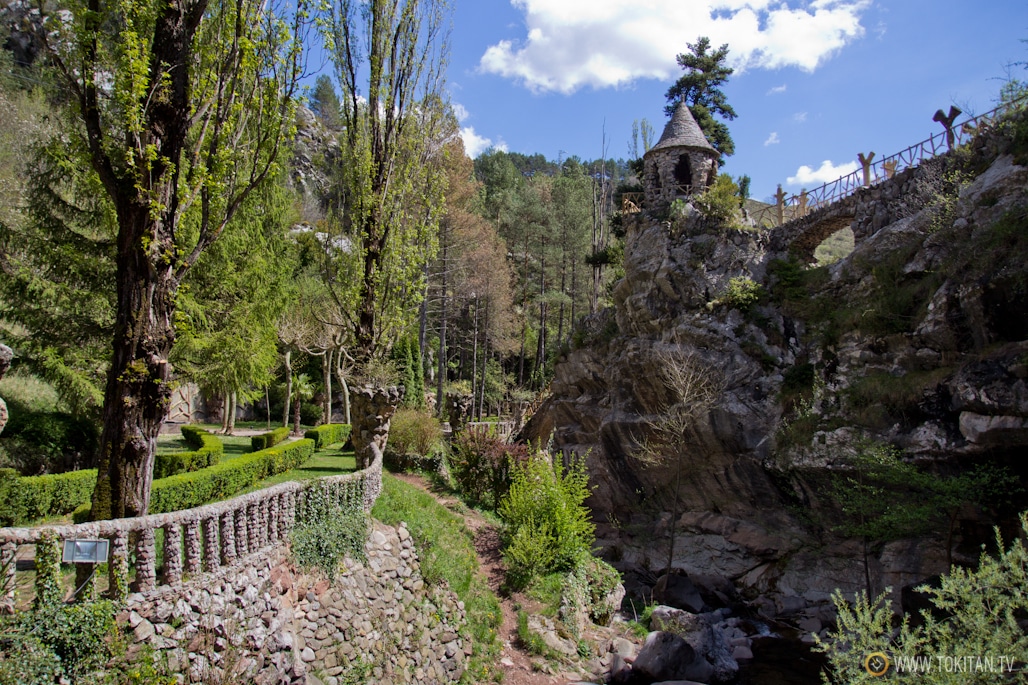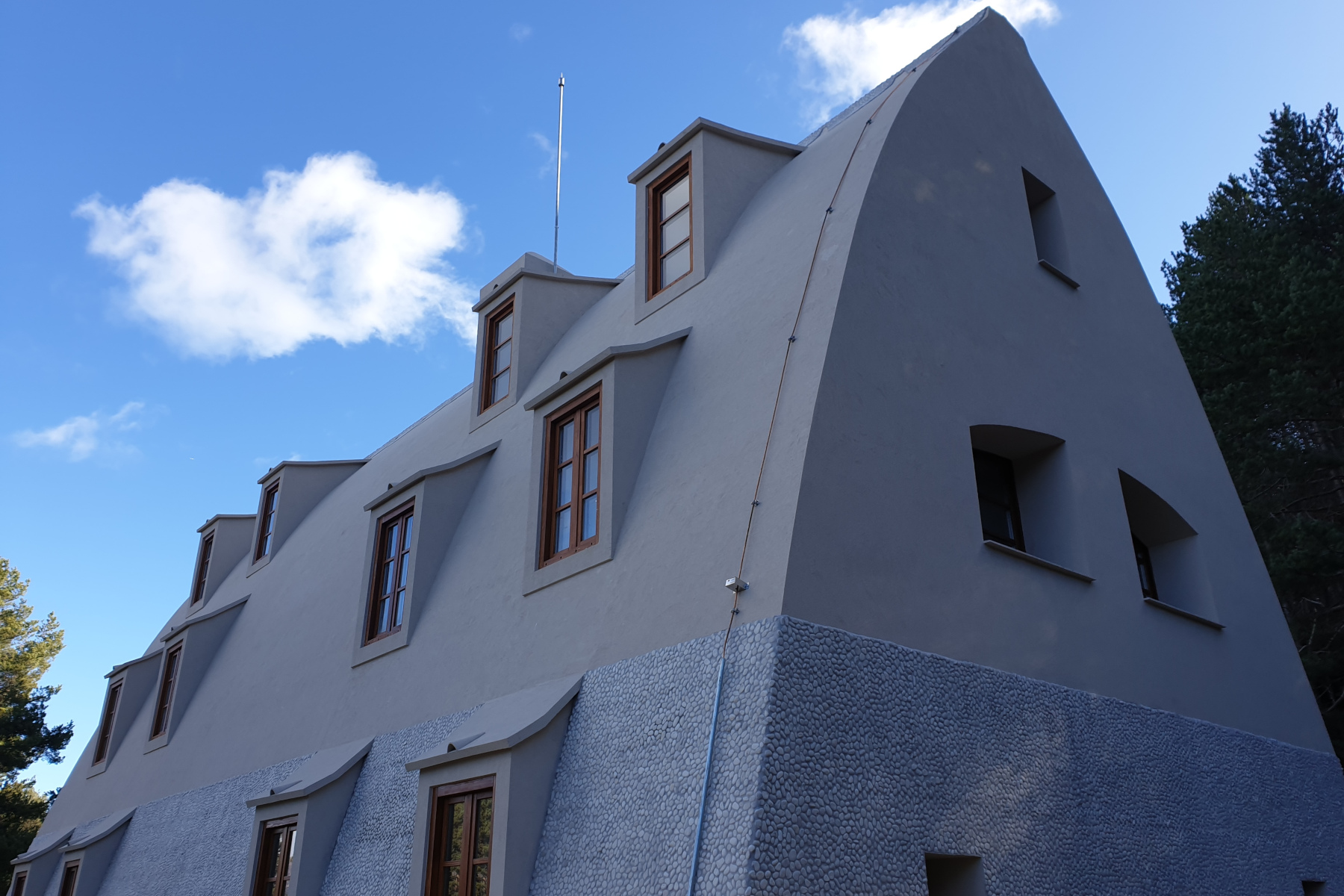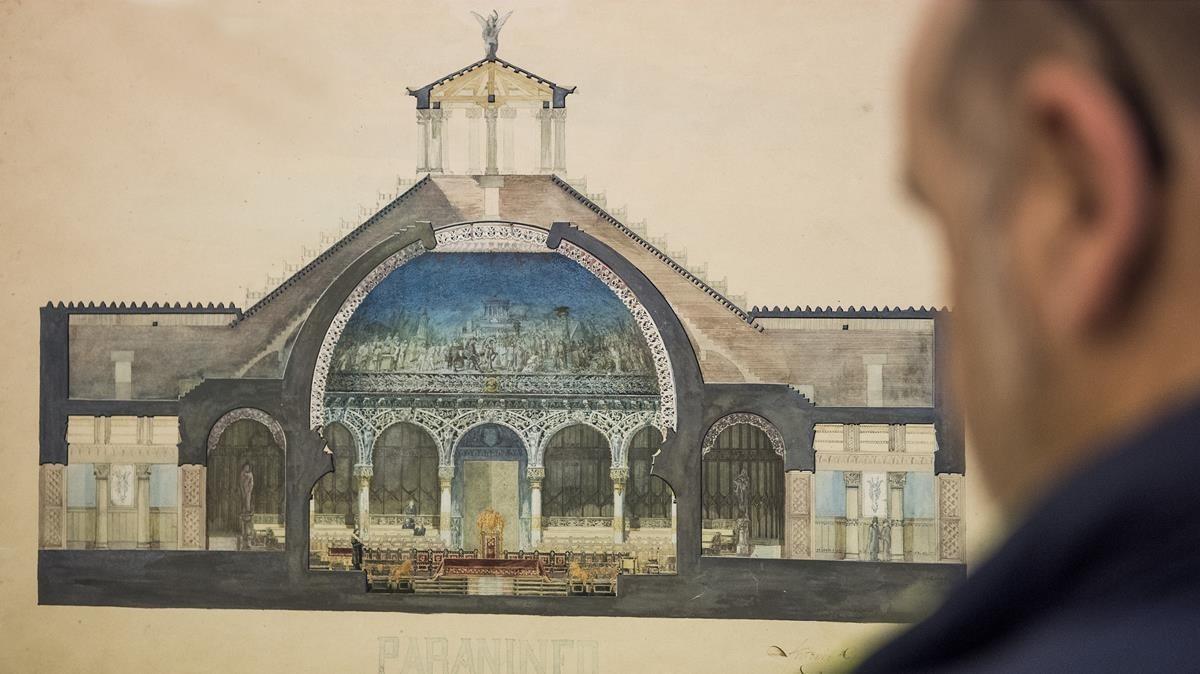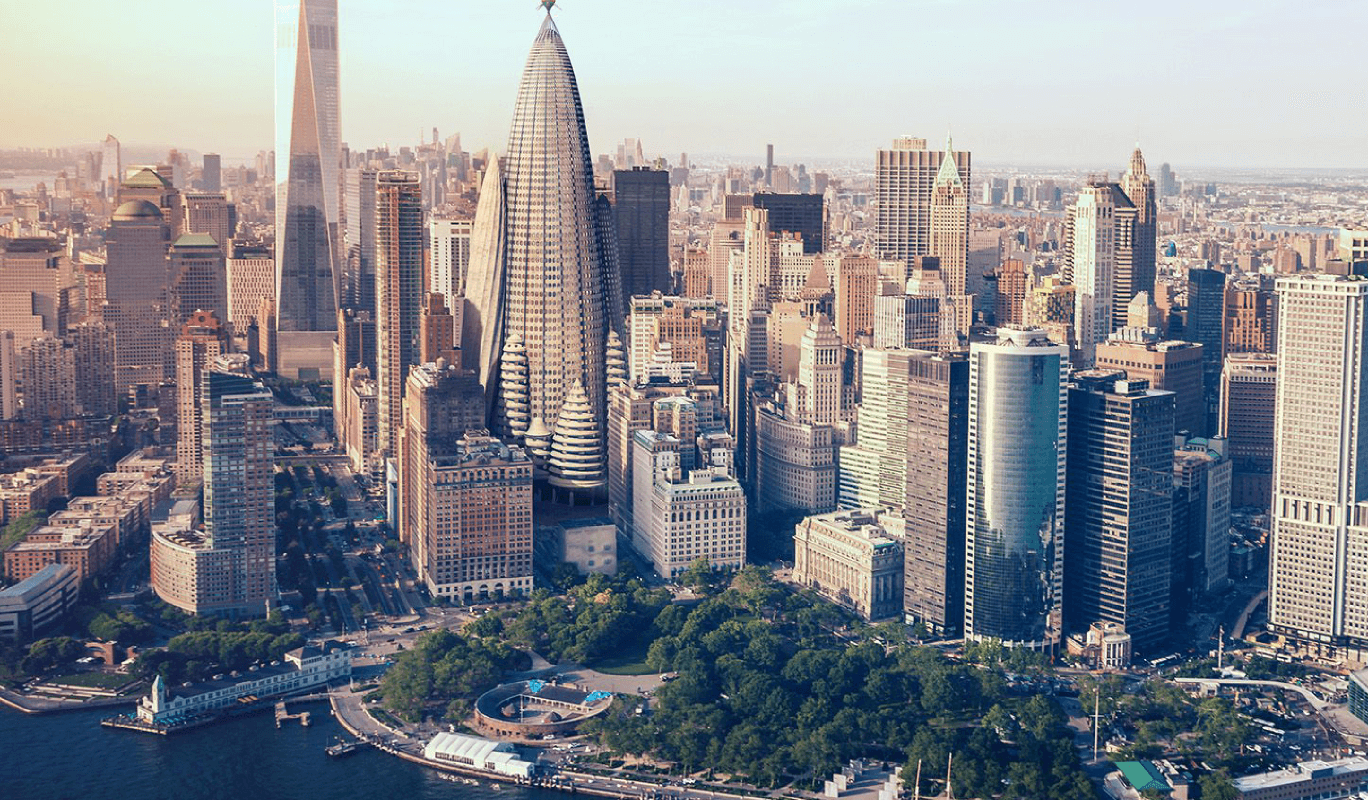The timeless elegance: Casa Calvet
Tradition and innovation in Gaudí’s award-winning early work
- Build Projects |
- Gaudi's Work
Casa Calvet, located on Carrer de Casp in Barcelona, is a stunning example of Antoni Gaudí’s early work. Built between 1898 and 1900, this modernist building stands out with its traditional facade, adorned with intricate details that hint at Gaudí’s unique style. The building is characterized by its elegant tribune, stone columns, and decorative elements such as floral and mushroom motifs.
History and construction
Casa Calvet was commissioned by Pere Màrtir Calvet, a textile manufacturer who wanted a multipurpose building to house his business on the ground floor and provide family residences on the upper levels. Despite its seemingly conservative appearance, the building received the award for the best artistic building in 1900 from the Barcelona City Council, highlighting its architectural significance. The award, part of the Annual competition of artistic buildings and establishments organized by the council, was a prestigious accolade that recognized both the aesthetic and functional qualities of new constructions.
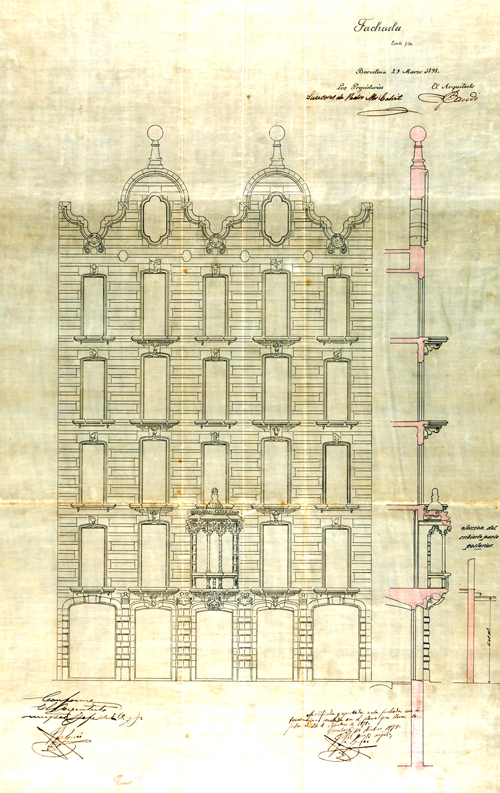
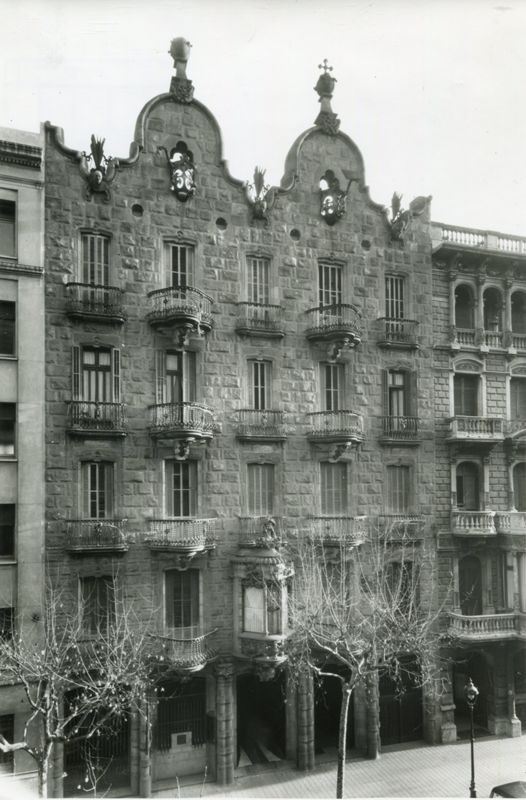
The Calvet family
Pere Màrtir Calvet was a prominent industrialist in Barcelona, operating a small textile workshop until his death in 1894. His widow, Juliana Pintó, and their two sons, Pere and Eduard, continued the business under the name “Hijos de Pedro Mártir Calvet.” The family expanded the enterprise significantly, growing to three factories with 700 workers across Vilassar, Orís, and Camprodón. The sons commissioned Gaudí to design Casa Calvet, reflecting their commitment to both business and innovative architecture. Eduard Calvet i Pintó, notably, was an influential figure in politics and business, contributing significantly to the industrial and cultural landscape of Catalonia.
Inside Casa Calvet
Casa Calvet marked a significant period in Gaudí’s career, showcasing his ability to blend traditional styles with innovative techniques. Considered his most conservative work, it adheres more closely to traditional architectural styles compared to his later, more radical designs. It received the Barcelona City Council’s annual award for the best building in 1900, recognizing both its artistic and functional qualities.
The facade combines Baroque elements with modernist innovations, including the use of wrought iron for balconies and decorative elements, and the incorporation of religious symbols in the design. It was built from Montjuïc stone and includes intricate wrought iron balconies and decorative elements. There are also several busts, including those of Pere Màrtir Calvet’s father and the saint he was named after. Additionally, the facade is adorned with reliefs of different types of mushrooms, reflecting Calvet’s interests and hobbies. The most striking features are the complex door handle of the main door and the two globes with bases featuring four-armed crosses on top.
The interiors of Casa Calvet are luxurious, featuring fine woodwork, stained-glass, and detailed furniture designed by Gaudí. The entry hall and staircase are particularly notable for their grandeur. Gaudí designed much of the furniture himself, including office chairs, desks, and coat racks, all rendered in his characteristic organic and ergonomic forms – some of these pieces are now on display at the House Museum in Gaudí’s Park Güell. The interior also includes an outlandish original lift and Gaudí’s hand-painted invocations to the Virgin Mary.
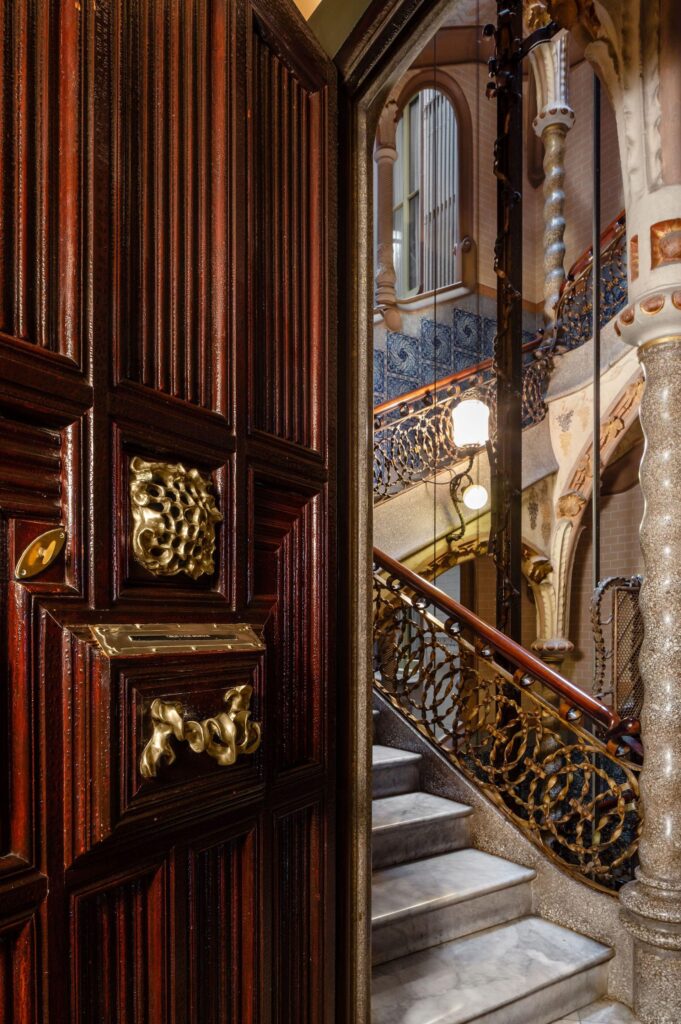
The building features several intriguing elements:
Decorative knocker:
A wrought-iron knocker depicting a cross crushing a bug, symbolizing faith conquering evil.
Symbolic sculptures
The tribune’s sculptures include references to Catalonia, peace, hospitality, and abundance.
Innovative design
The rear facade breaks from traditional designs, featuring unique balconies and tribunes for visual and solar protection.
The whole project of Casa Calvet allowed Gaudí to experiment with new forms and materials, such as wrought iron and intricate stonework, paving the way for his future avant-garde works like Casa Batlló and La Pedrera. Today, Casa Calvet continues to be a symbol of modernist architecture. Although it has changed owners and uses over the years, the building remains a private property and is not open to public tours, except for a restaurant located on the ground floor. Its well-preserved state allows it to stand as a testament to Gaudí’s early architectural prowess.
